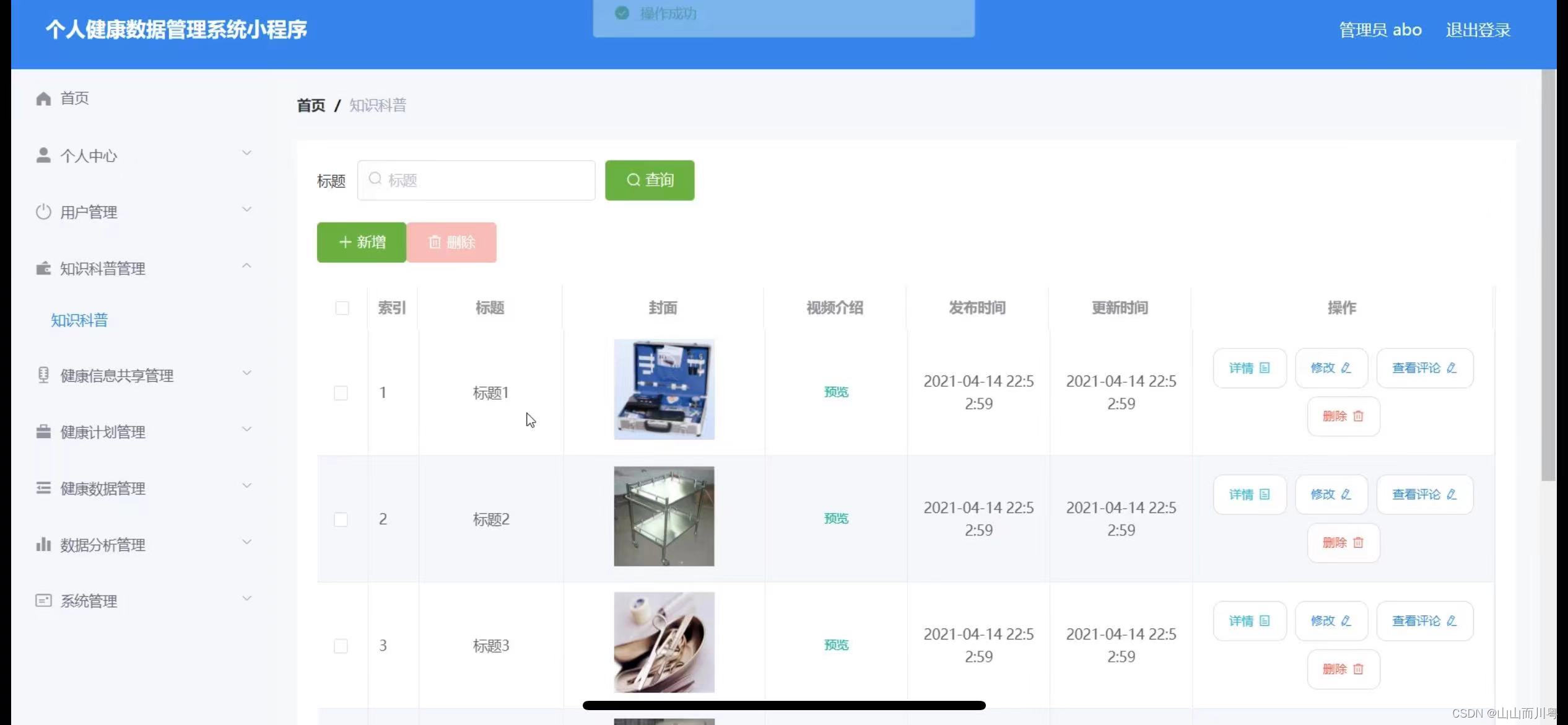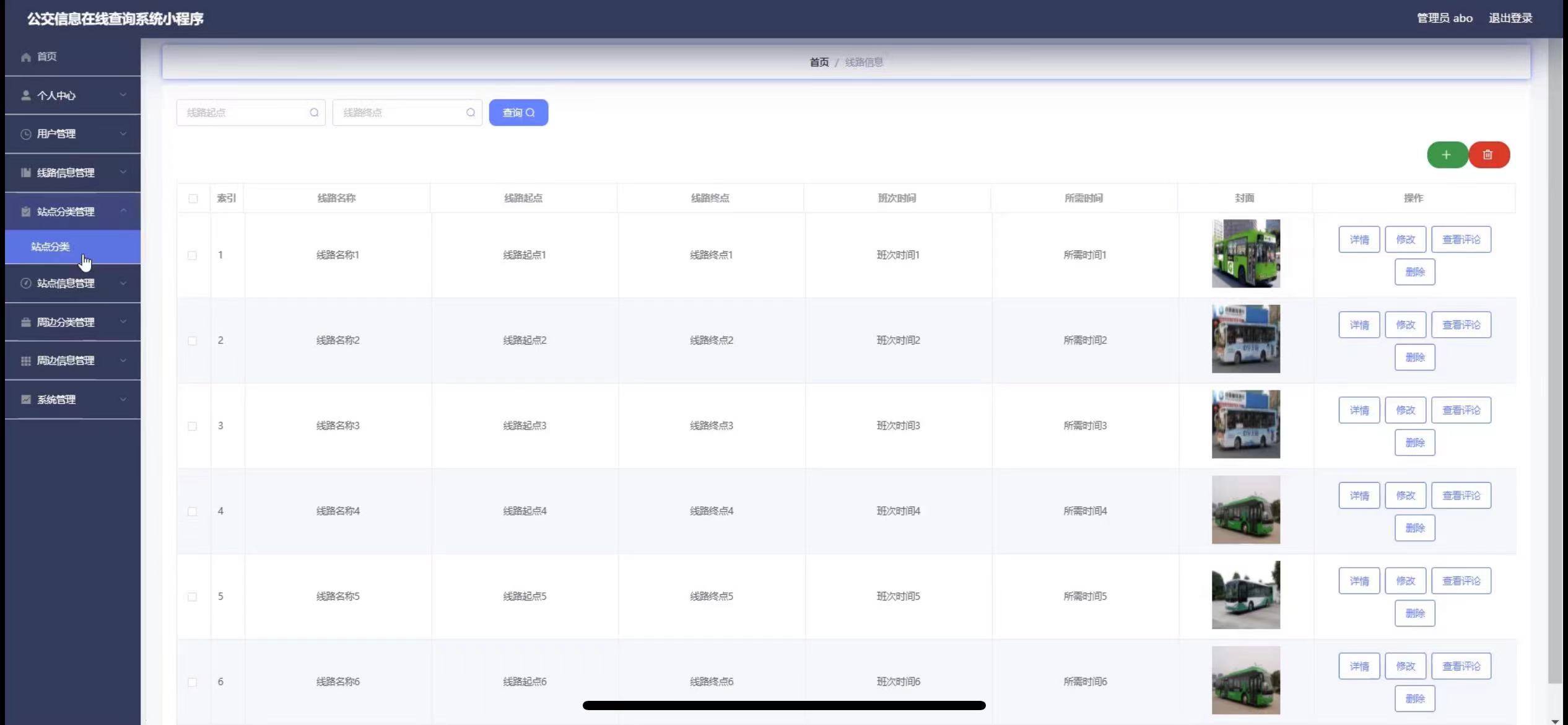基于Python/flask的微博舆情数据分析可视化系统
python爬虫数据分析可视化项目
编程语言:python
涉及技术:flask mysql echarts SnowNlP情感分析 文本分析
系统设计的功能:
①用户注册登录
②微博数据描述性统计、热词统计、舆情统计
③微博数据分析可视化,文章分析、IP分析、评论分析、舆情分析
④文章内容词云图























要实现一个基于深度学习的微博情感分析系统,我们可以使用Python的TensorFlow或PyTorch库来构建一个简单的神经网络模型。以下是一个使用TensorFlow和Keras构建情感分析模型的示例代码。我们将使用一个假设的数据集,但在实际应用中,你需要替换为真实的微博数据集,并进行适当的预处理。
首先,确保你已经安装了tensorflow和numpy(用于数据处理):
pip install tensorflow numpy以下是一个简单的微博情感分析模型的示例代码:
import numpy as np
from tensorflow.keras.models import Sequential
from tensorflow.keras.layers import Embedding, Dense, LSTM
from tensorflow.keras.preprocessing.text import Tokenizer
from tensorflow.keras.preprocessing.sequence import pad_sequences
from sklearn.model_selection import train_test_split
# 假设的微博数据及其标签(0表示负面,1表示正面)
texts = [
"今天心情真好,阳光明媚!",
"好难过,今天遇到了一些不开心的事情。",
"微博真好玩,学到了很多知识。",
"真的好生气,为什么会这样?",
"生活充满阳光,加油!"
]
labels = [1, 0, 1, 0, 1]
# 文本预处理
tokenizer = Tokenizer(num_words=1000) # 假设我们只考虑最常用的1000个词
tokenizer.fit_on_texts(texts)
sequences = tokenizer.texts_to_sequences(texts)
# 数据填充,确保所有序列长度相同,这里我们假设最大长度为10
max_length = 10
padded = pad_sequences(sequences, maxlen=max_length, padding='post')
# 划分训练集和测试集
X_train, X_test, y_train, y_test = train_test_split(padded, labels, test_size=0.2, random_state=42)
# 构建模型
model = Sequential([
Embedding(input_dim=1000, output_dim=16, input_length=max_length),
LSTM(64, return_sequences=True),
LSTM(32),
Dense(1, activation='sigmoid')
])
model.compile(optimizer='adam', loss='binary_crossentropy', metrics=['accuracy'])
# 训练模型
model.fit(X_train, y_train, epochs=10, validation_data=(X_test, y_test))
# 评估模型
loss, accuracy = model.evaluate(X_test, y_test)
print(f"Test Accuracy: {accuracy:.2f}")
# 预测新文本
test_text = "今天心情很不错!"
test_seq = tokenizer.texts_to_sequences([test_text])[0]
test_padded = pad_sequences([test_seq], maxlen=max_length, padding='post')
prediction = model.predict(test_padded)
print(f"Sentiment Prediction: {'Positive' if prediction > 0.5 else 'Negative'}")注意:
- 真实应用中,你需要使用更大的数据集,并可能需要对文本进行更复杂的预处理,如去除停用词、词干提取等。
- 上述代码中,我们假设每个微博文本的长度不会超过10个词,这在实际应用中通常是不现实的。你需要根据数据集的特点调整
max_length的值。 - 我们使用了简单的LSTM网络进行情感分析,但你可以尝试其他类型的神经网络,如GRU、BiLSTM或结合CNN的混合模型等。
- 情感分析的性能很大程度上取决于数据的质量和模型的选择。你可能需要尝试多种模型和超参数来找到最佳方案。



















